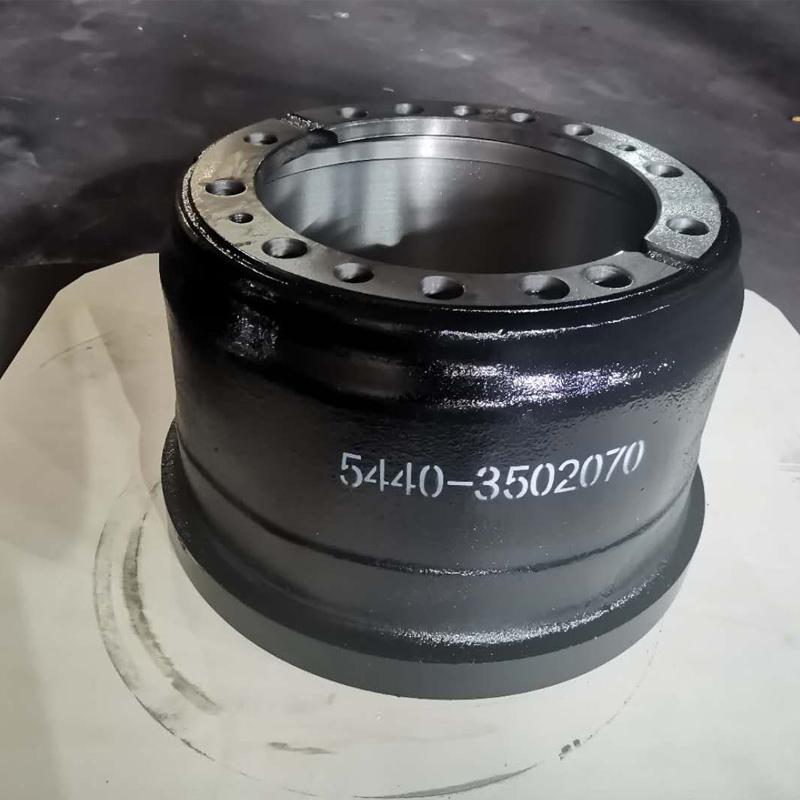Dec . 02, 2024 03:20 Back to list
the brake drums or discs
The Importance of Brake Drums and Discs in Vehicle Safety
Brake systems are an essential component of any vehicle, playing a critical role in ensuring the safety of both the driver and passengers. Among the various parts of a brake system, brake drums and discs stand out as vital components that significantly influence braking performance. Understanding their function, differences, maintenance needs, and how to ensure their longevity is crucial for every vehicle owner.
Brake Drums A Traditional Approach
Brake drums are part of a drum brake system, which is generally found in older vehicles and on the rear wheels of some modern cars. When the brake pedal is pressed, brake shoes inside the drum are pushed outward, creating friction against the inner surface of the drum itself. This friction slows down the vehicle or brings it to a stop.
One of the main advantages of drum brakes is their ability to provide strong stopping power. They are particularly effective in holding large vehicles in place, as they use a self-energizing mechanism that applies more force to the brake shoes when the vehicle is moving forward. However, drum brakes can suffer from heat build-up, leading to brake fade, which diminishes their performance over time.
Brake Discs The Modern Solution
On the other hand, brake discs, or disc brakes, have become the standard in modern vehicles. In a disc brake system, when the brake pedal is pressed, hydraulic pressure forces brake pads against the rotor (the disc), creating friction that slows the car down. Disc brakes are pricier than drum brakes but offer several benefits that justify the added cost.
the brake drums or discs

One significant advantage of disc brakes is their better performance under extreme conditions. They dissipate heat more efficiently than drum brakes, leading to less brake fade. This makes them particularly effective for high-performance vehicles or those that are often driven in stop-and-go traffic. Additionally, disc brakes typically provide a more consistent and reliable braking experience, especially in rainy or wet conditions where water can easily accumulate in the drum brake system.
Maintenance The Key to Longevity
Regardless of whether a vehicle uses brake drums or discs, regular maintenance is vital to ensure safety and performance. For drum brakes, it is essential to inspect the shoes for wear and tear regularly. If they are too worn, it can lead to a decrease in braking efficiency. Furthermore, ensuring that the brake drum is clean and free from any contaminants, such as oil or grease, will help maintain optimal performance.
For disc brakes, monitoring the condition of the brake pads is equally important. Worn brake pads can cause the rotors to become scratched and damaged, which can lead to costlier repairs. Additionally, periodic checks of the rotors for warping, cracking, or excessive wear will help identify any potential issues before they become serious.
Conclusion
Both brake drums and discs play crucial roles in the overall braking system of vehicles. Understanding their functions and differences helps drivers make informed decisions about their vehicles, whether they are considering upgrades, replacements, or simply practicing proper maintenance. With the right knowledge and regular upkeep, drivers can ensure their braking systems remain efficient and effective, ultimately enhancing vehicle safety.
In a world where accidents can happen in the blink of an eye, prioritizing the health of brake systems is not just prudent—it’s essential. Whether a vehicle has brake drums or discs, the principles of maintaining them are universal and critical for protecting lives on the road. Keeping these components in top shape is a fundamental responsibility of every vehicle owner.
-
Scania Brake Drums: OEM Quality for Optimal Safety & Durability
NewsAug.16,2025
-
R.V.I: Advanced Remote Visual Inspection for Precision
NewsAug.15,2025
-
Discover HYUNDA: Innovative Vehicles, Equipment & Solutions
NewsAug.14,2025
-
R.V.I: Unlock Advanced Insights & Real-time Performance
NewsAug.13,2025
-
Kamaz Brake Drum: Durable & Reliable for Heavy Duty Trucks
NewsAug.12,2025
-
Heavy Duty Iveco Brake Drum - Premium Quality & Safety
NewsAug.11,2025
